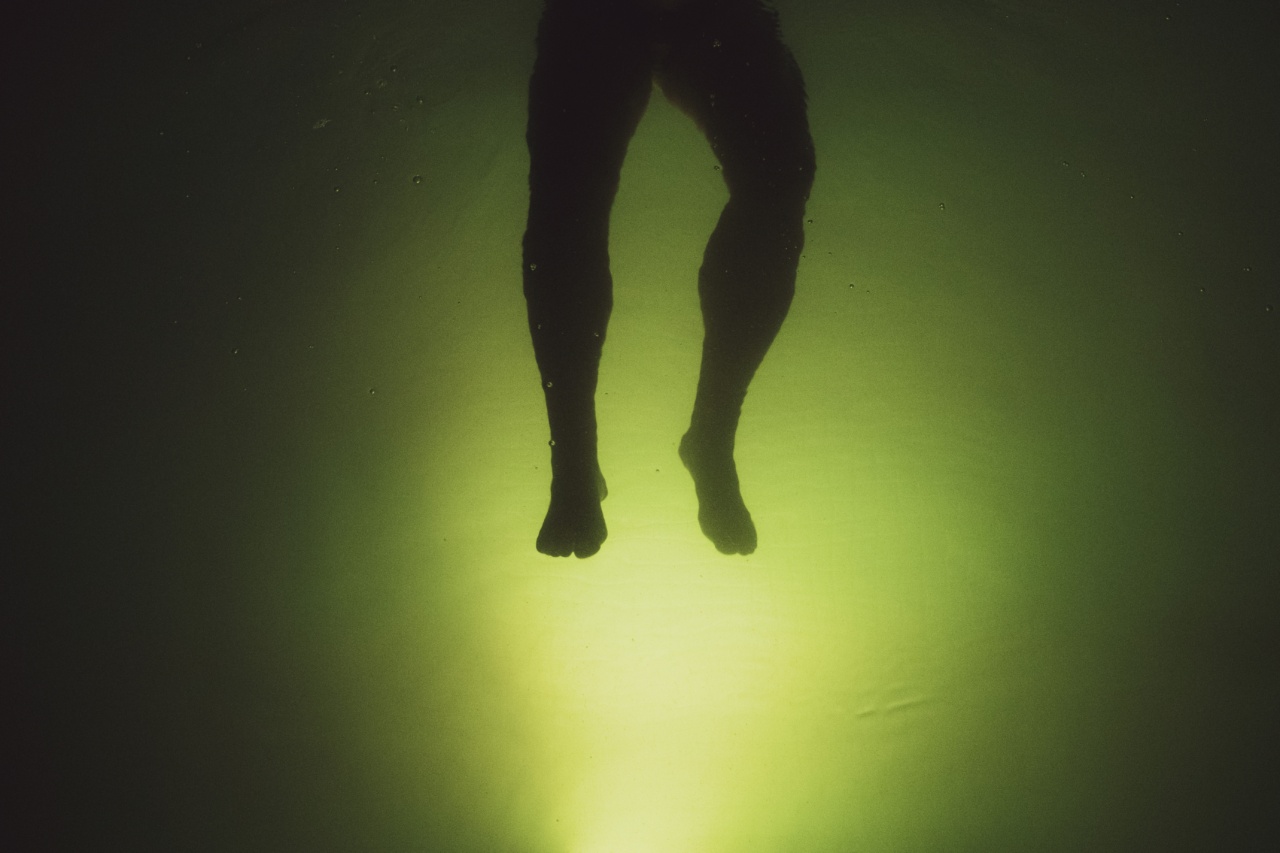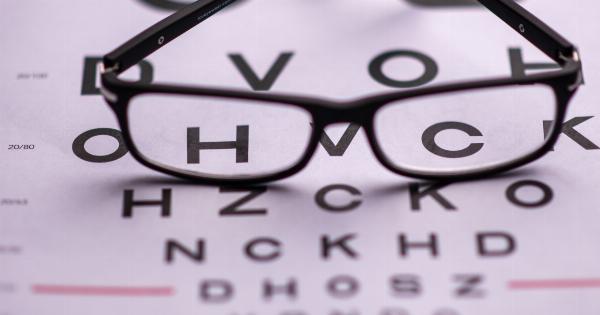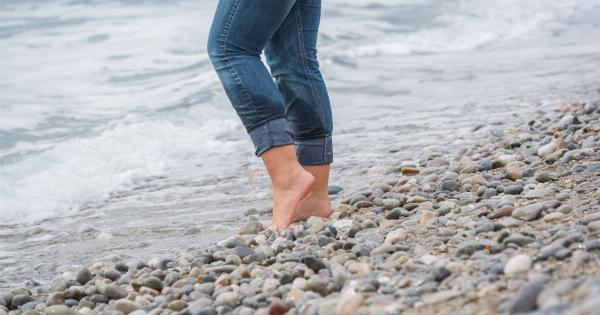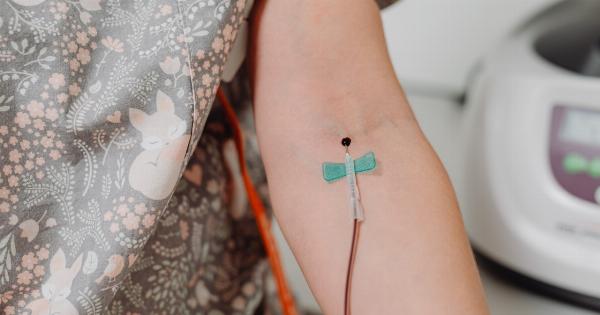Chronic Venous Insufficiency (CVI) is a common medical condition that occurs when the valves in the veins of the legs malfunction, hindering normal blood flow back to the heart.
This results in blood pooling in the legs and causing swelling of the ankles and feet.
Causes of CVI
CVI can be caused by a range of factors, including obesity, pregnancy, prolonged standing or sitting, family history, and deep vein thrombosis (DVT).
Symptoms
The most common symptom of CVI is leg swelling or edema, which can be accompanied by pain, heaviness, or aching. Other symptoms may include skin discoloration, varicose veins, and skin ulcers.
Treatment Options
The treatment for CVI typically involves lifestyle changes, such as regular exercise, weight loss, and wearing compression stockings. More severe cases may require medication or surgery.
Effect on Leg Swelling
Leg swelling is one of the most common symptoms of CVI. When the valves in the veins of the legs are damaged, it becomes difficult for blood to flow back up to the heart, causing it to pool in the lower part of the legs and feet.
This leads to the swelling and associated discomfort.
Prevention Measures
Reducing the risk factors associated with CVI can help prevent the condition from developing. Maintaining a healthy weight, exercising regularly, and avoiding prolonged periods of standing or sitting are all beneficial in preventing CVI.
Additionally, taking frequent breaks during extended periods of sitting, such as on long flights, can also help reduce the risk.
Dietary Changes
Eating a healthy, balanced diet is also important in preventing CVI. A diet rich in antioxidants and anti-inflammatory foods, such as fruits and vegetables, whole grains, and lean proteins can help promote overall cardiovascular health.
Compression Stockings
Compression stockings are compressive garments that can be worn on the legs to help prevent CVI. They work by squeezing the legs, which helps to improve blood circulation and reduce swelling.
Exercise
Exercise is an important aspect of CVI prevention and treatment. Regular exercise can help improve blood flow, strengthen the muscles, and reduce swelling in the legs.
Medications
There are several medications that can be used to treat CVI, including diuretics, which help to reduce swelling, and blood thinners, which help to prevent blood clots that can worsen the condition.
Surgery
In severe cases, surgery may be necessary to treat CVI. Procedures such as vein stripping, laser treatment, or sclerotherapy can help remove or close varicose veins and improve blood flow.






























